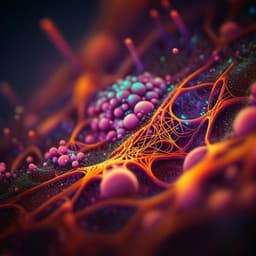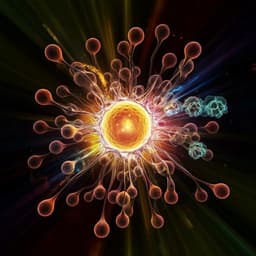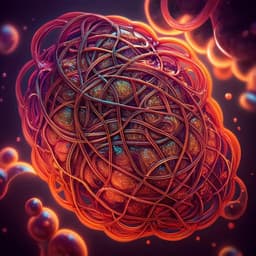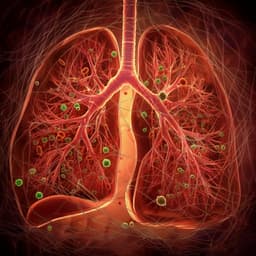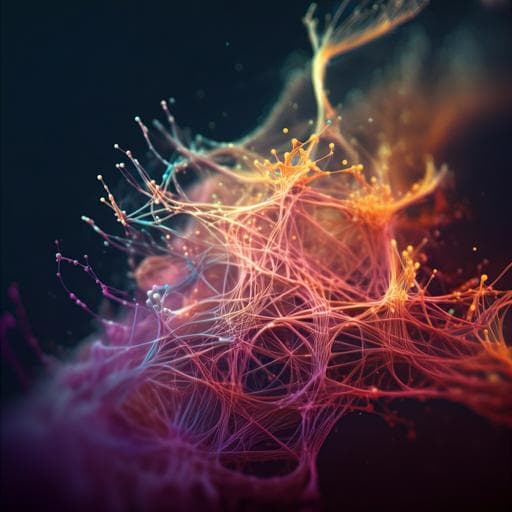
Medicine and Health
Neutrophil Extracellular Trap Formation: Physiology, Pathology, and Pharmacology
M. Ravindran, M. A. Khan, et al.
Explore the dynamic world of neutrophil extracellular traps (NETs) and their intriguing roles in various diseases, from cystic fibrosis to cancer. This comprehensive review, conducted by an esteemed team including Mithunan Ravindran, Meraj A. Khan, and Nades Palaniyar, delves into the mechanisms of NET formation and regulatory factors, presenting both challenges and new questions in the field.
~3 min • Beginner • English
Related Publications
Explore these studies to deepen your understanding of the subject.



